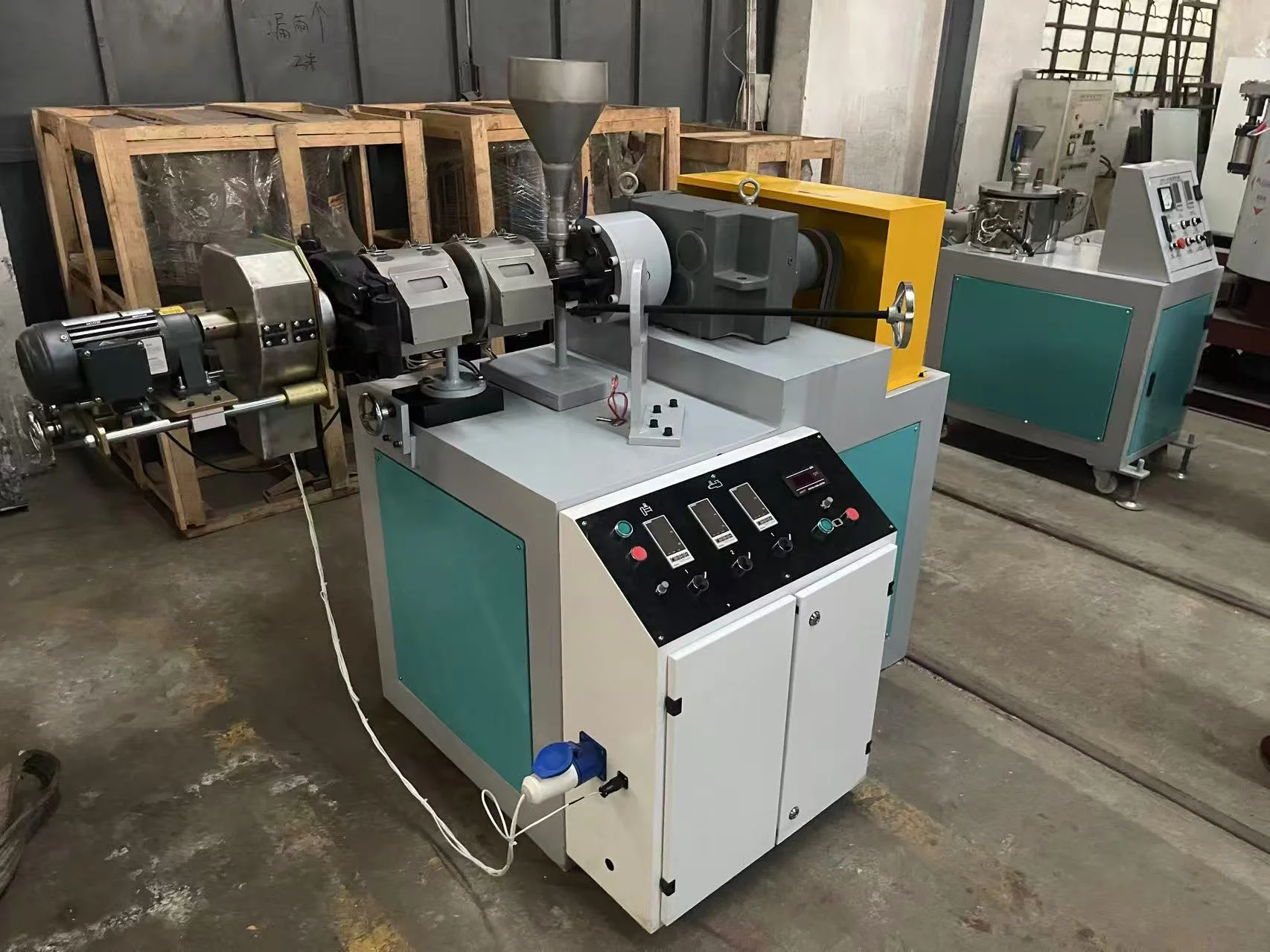Oil spills pose a significant threat to marine ecosystems, coastal communities, and the economy. When oil is released into the environment, immediate and effective response measures are crucial to mitigate the damage. One of the most widely used methods for oil spill remediation is the application of dispersants. This article delves into the science behind dispersants, exploring how they work, their effectiveness, and the considerations involved in their use.
Understanding Oil Spills and Their Impact
Oil spills can occur due to various reasons, including tanker accidents, offshore drilling incidents, and pipeline leaks. The impact of oil spills is profound, affecting marine life, disrupting ecosystems, and harming local economies dependent on fishing and tourism. The physical properties of oil, such as viscosity and density, influence how it spreads and interacts with water, making cleanup efforts challenging.
What Are Dispersants?
Dispersants are chemical agents designed to break down oil slicks into smaller droplets, facilitating their dispersion in the water column. They consist of surfactants, which reduce the surface tension between oil and water, allowing the oil to mix more readily with water. Dispersants can be applied directly to the oil spill from boats, aircraft, or even from the shore, depending on the situation.
Mechanism of Action: How Do Dispersants Clean Up Oil?
The effectiveness of dispersants hinges on their ability to alter the physical and chemical properties of oil. Here’s a closer look at the process:
- Surface Tension Reduction: When dispersants are applied to an oil spill, they reduce the surface tension between the oil and water. This reduction allows the oil to break apart into smaller droplets.
- Emulsification: The surfactants in dispersants stabilize the smaller oil droplets, preventing them from coalescing back into larger masses. This process is known as emulsification, which is crucial for keeping the oil dispersed in the water column.
- Increased Bioavailability: Smaller oil droplets are more easily accessed by natural microbial communities in the water. This increases the bioavailability of the oil, allowing microorganisms to degrade it more efficiently.
- Enhanced Dilution: Dispersed oil droplets are more easily diluted in the water, reducing the concentration of harmful hydrocarbons in any given area. This dilution can help minimize the toxic effects on marine life.
Effectiveness of Dispersants: Factors to Consider
While dispersants can be effective in certain scenarios, their use is not without limitations. Several factors influence their effectiveness:
- Type of Oil: The chemical composition of the oil plays a significant role in how well dispersants can work. Lighter oils tend to disperse more easily than heavier, more viscous oils.
- Environmental Conditions: Factors such as water temperature, wave action, and salinity can affect the dispersion process. For instance, rough seas can enhance the mixing of dispersants and oil, while calm conditions may hinder their effectiveness.
- Timing of Application: The sooner dispersants are applied after an oil spill, the more effective they tend to be. Delayed application can lead to the oil weathering and forming thicker layers, making it more challenging to disperse.
Environmental Considerations and Controversies
The use of dispersants has sparked debate among environmentalists, scientists, and policymakers. While dispersants can help mitigate the immediate impact of oil spills, concerns arise regarding their potential toxicity to marine life. Some studies suggest that certain dispersants may be harmful to aquatic organisms, particularly when combined with oil.
Moreover, the long-term effects of dispersed oil on marine ecosystems are still not fully understood. As a result, regulatory agencies often weigh the benefits of using dispersants against potential ecological risks. In some cases, alternative methods such as mechanical recovery or bioremediation may be preferred.
Conclusion: A Tool in the Oil Spill Response Arsenal
Dispersants are a valuable tool in the arsenal of oil spill response strategies. Their ability to break down oil slicks and enhance biodegradation can significantly reduce the environmental impact of spills when used appropriately. However, their application must be carefully considered, taking into account the type of oil, environmental conditions, and potential ecological risks.



More Stories
Choosing the Right JA Solar Panel Model for Your Needs
Why 51.2V Low Voltage LFP Batteries Deliver Exceptional Lifespan and Cycle Durability?
Unlocking Smart Energy: Key Benefits of a 3 kW Hybrid Grid Solar Inverter